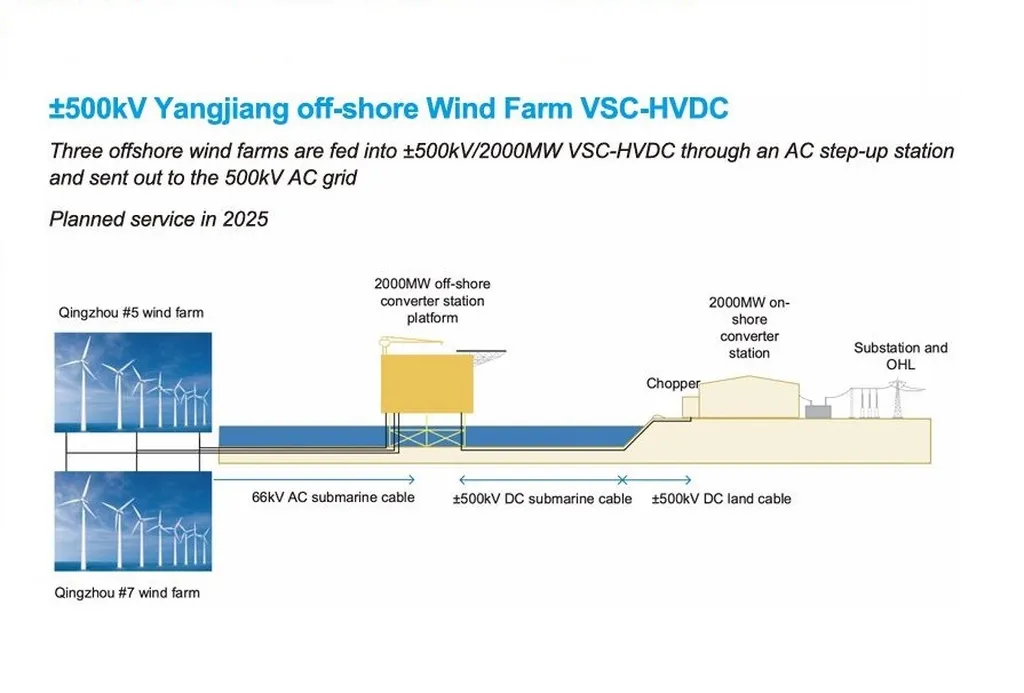In the vast and often unforgiving expanse of offshore wind farms, ensuring the stable operation of high-voltage direct current (HVDC) systems is paramount. A recent study published in the *International Journal of Electrical Power & Energy Systems* offers a novel solution to a persistent challenge: valve-side faults in offshore bipolar modular multilevel converter (MMC-HVDC) systems. The research, led by Haihan Ye of the School of Electrical and Information Engineering at Changzhou Institute of Technology in China, provides a practical approach to maintaining system stability during fault ride-through, a critical aspect of offshore wind power integration.
Offshore wind power plants are increasingly relying on MMC-HVDC systems to transmit electricity efficiently over long distances. However, valve-side faults can disrupt this process, leading to complex interactions between wind power plants and MMCs, both at fundamental and harmonic frequencies. “The faulty MMC can act as a harmonic source, complicating fault analysis and protection design,” explains Ye. This complexity has posed a significant hurdle for engineers and researchers alike.
The study introduces an innovative protection scheme based on active neutral voltage shift. This method couples the commutation of the lower arms of the faulty MMC to that of the upper arms through the grounding impedance. According to Ye, this approach not only enables fast fault detection but also suppresses overvoltage in the sub-module capacitors, a common issue in such systems. “By shifting the neutral voltage, we can effectively manage the fault and maintain system stability,” Ye adds.
One of the key recommendations of the study is the replacement of DC choppers with AC choppers equipped with parallel capacitors. This modification is shown to improve the existence of equilibrium points and the transient performance of the system, enhancing overall reliability.
The implications of this research are significant for the energy sector. As offshore wind power continues to grow, ensuring the stable and efficient operation of HVDC systems becomes increasingly important. The proposed protection scheme could pave the way for more robust and reliable offshore wind power integration, ultimately contributing to a more sustainable energy future.
The study’s findings were validated through Matlab/Simulink simulations, demonstrating the feasibility of the proposed methods. As the energy sector continues to evolve, research like this will be crucial in shaping the future of offshore wind power and HVDC systems. The work by Ye and his team represents a significant step forward in addressing the challenges of valve-side faults in offshore MMC-HVDC systems, offering a practical solution that could have far-reaching commercial impacts.

